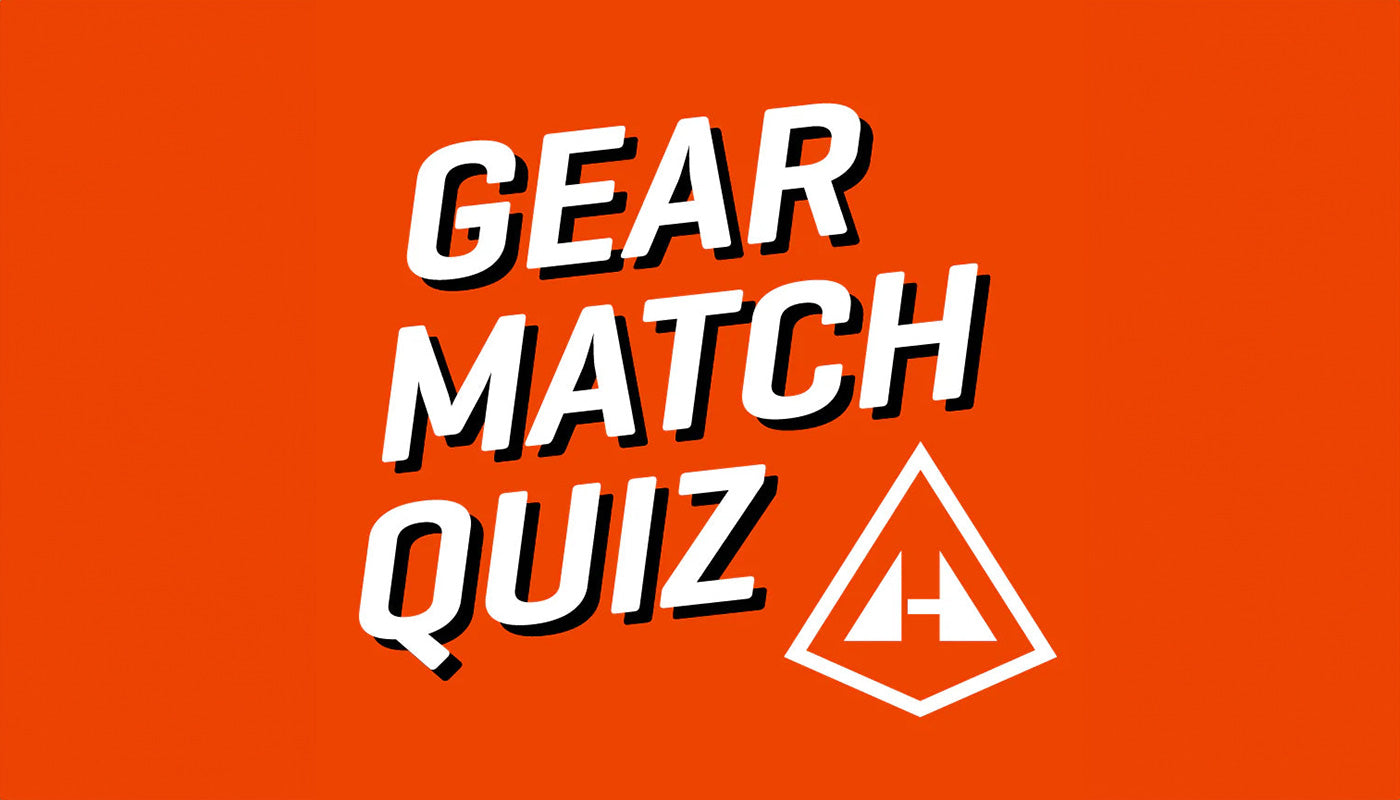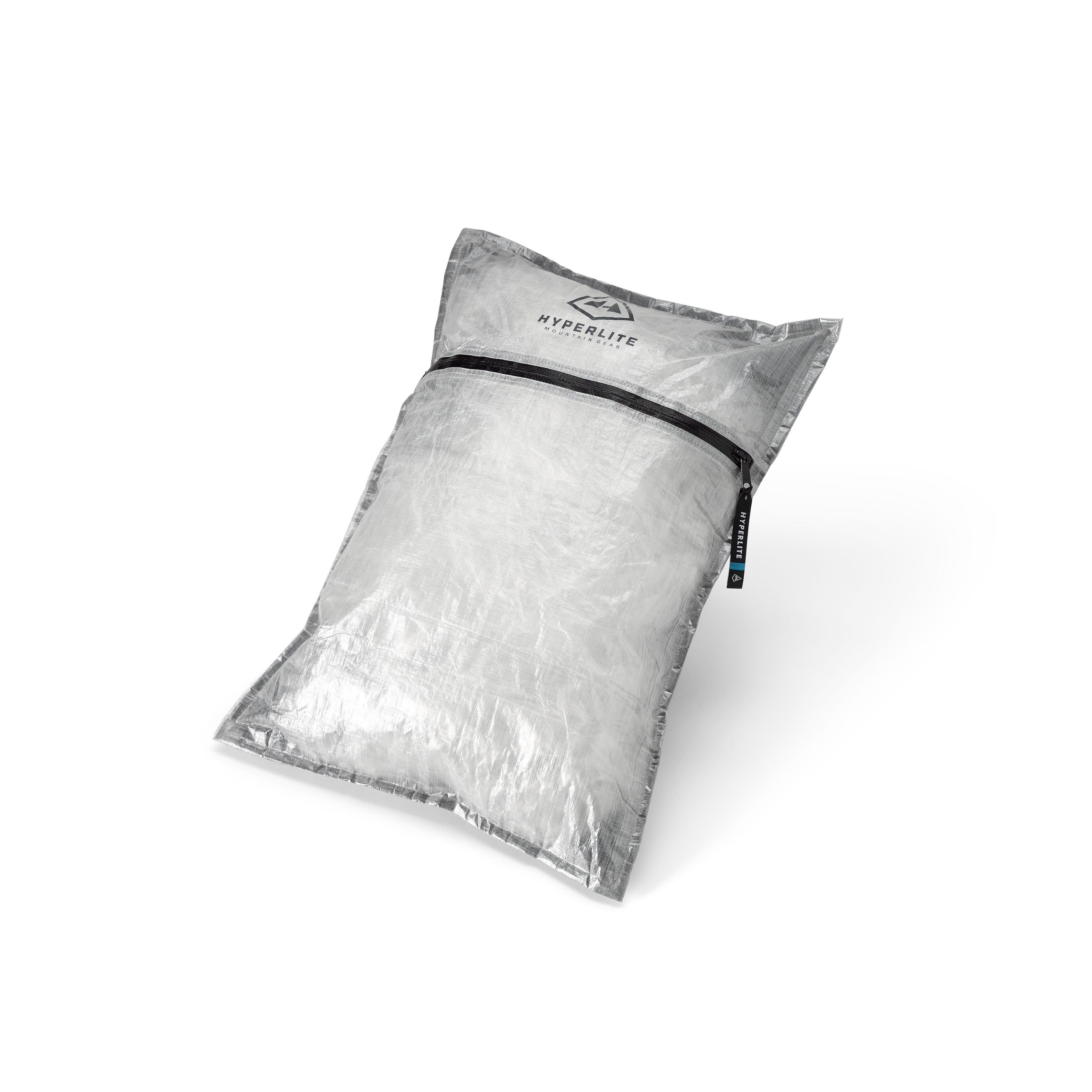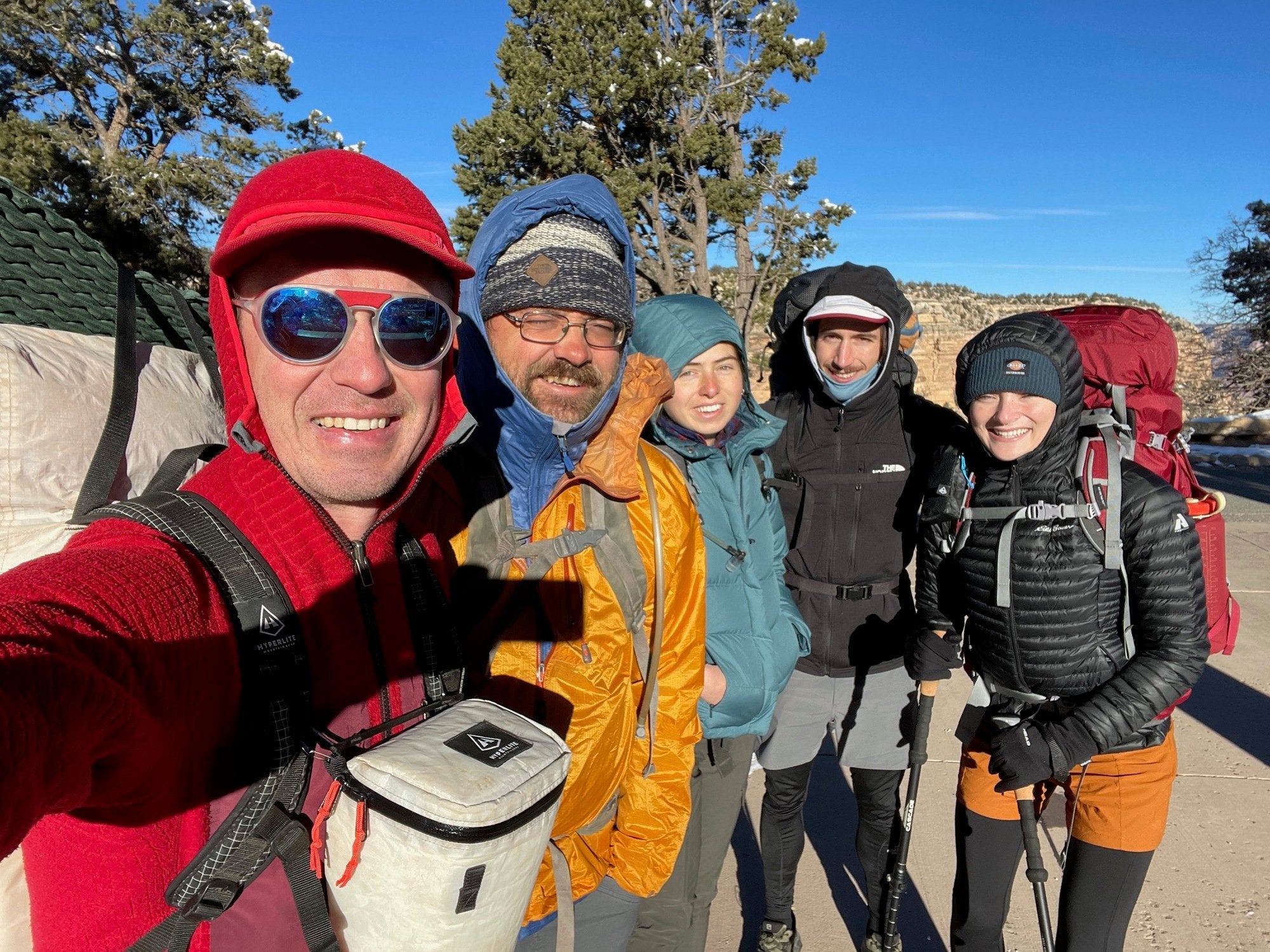Words and Photos by @Abby_Evans @abbigator53
Getting a comfortable night's sleep in the backcountry is essential for a happy backpacking trip. However—what you choose to sleep on can make or break your sweet dreams. Usually, backpackers are between two options: an inflatable pad and a foam one. Below are the pros and cons of both.
INFLATABLE PAD
PROS
Inflatable pads are lovely to sleep on—when they actually inflate. I'm a side sleeper and was able to get a full night's rest every time I slept on an inflatable pad. I used a Nemo Tensor Ultralight Sleeping Pad, which has a packed weight of 17.6 oz and an R-value of 4. (*R-value is the measure of the thermal performance of insulation.) If you remove the air sack and stuff sack and only take the pad, it is 14.5 oz. However, as an asthmatic with the lung capacity of a snail, I needed to use the air sack to inflate it.
On my Appalachian Trail thru hike, I commonly saw two kinds of brands being used for sleeping pads: Therm-a-Rest and Nemo. Nemo's competitor in sleeping pads is the Therm-a-Rest XLite NXT which has an R-value of 4.5 and weighs 13 oz (with a higher price tag). Both of these R-values are considerably warmer than a foam pad, which is usually around a 2 - 3 R-value.
Regardless of which inflatable pad you have, they both keep you slightly elevated from the ground, so if your tent leaks, you won't wake up in a puddle. I had the lovely experience of waking up floating inside my tent, which I would rather not experience again — but at least I was fully dry since I was on top of my inflatable pad. With an inflatable pad, you can still get a decent night's sleep even if you pitch your tent on top of some small roots or rocks. However, you should still try to avoid them so that your sleeping pad does not get popped through your tent.
On hot days, if you enjoy swimming in lakes, inflatable pads can also serve as amazing rafts–like 150 to 250-dollar high-tech expensive pool floaties. There are few better ways to relax after a long day of hiking than drifting around on a lake on your inflatable pad.
CONS
Inflatable pads are slightly heavier than foam pads and take about five minutes to inflate. Usually, I was able to inflate mine with the air sack in eight breaths, which was not very difficult, but it could be tedious. When you're at the end of a marathon day and just want to lie down, any extra chores are grating. Inflatable pads also tend to crinkle a bunch when you're rolling around on them in your sleep, but the added comfort is worth the noise, in my opinion.
The biggest negative of an inflatable pad is its risk of popping. If you're thru hiking with one, the chances are it will (ask me how I know). Here's my horror story–my Nemo Tensor Ultralight began leaking in New Jersey. I dunked it in a lake we camped by and dunked it in the water to find the hole. I saw where the bubbles were coming out, marked it with a Sharpie, waited until my pad dried, and patched it up with my partner's patch kit. It's beneficial to tell other hikers what you're struggling with since they might have the gear you lack to help you out. Unfortunately, my pad continued to deflate after I patched it up–the gel patches in the repair kit work to keep air in, but the ones you have to superglue on do not.
My pad only deflated slightly until I reached Maine, and I started to wake up on the ground. I patched it up with some Tenacious Tape from Gear Aid. I was super excited about these patches because they came in the shape of sasquatches, acorns, and a moose and bear riding in a canoe. However, the air continued to leak out of these patches, even after I layered over seven of them on top of each other. Shortly after I realized my pad still leaked even with the patches on, I found myself crying in a shelter while frantically duct-taping everywhere around the patches. I was so tired of waking up on the ground.
My pad held air slightly better for the next few days, and I figured it was good enough to finish out the trail that way. And then, just as I got into the Hundred-Mile Wilderness, I reached around my head to deflate the pad by pulling the valve out and completely ripped the valve out of the pad. It was a nightmare. I had deflated my pad for the last time for the entire hike. I slept on the hard wooden ground of shelters for the next four days until I summited Katahdin.
It was cold and wildly uncomfortable, and I quickly realized how much warmer and more comfortable a sleeping pad makes you. One night, I put my deflated pad inside my tent and woke up in a puddle. I had to share my partner's tent/sleeping pad for the rest of the night or risk getting hypothermia. When you don't have much gear—ultralight backpacking in a nutshell—all pieces of your kit are crucial to staying comfortable and safe. This hellish experience alone almost convinced me to just go with a foam pad, so I didn't have to run the risk of the inflatable pad popping again. $160 went straight down the drain once that pad popped—and so did my mental and physical well-being as I woke up perpetually sleepless and sore in the mornings.
FOAM PAD
PROS
Nemo's version of a foam pad — the Nemo Switchback, is 14.5 ounces and has an R-value of 2. Therm-a-Rest also makes a foam pad, the Z Lite Sol, that weighs 14 oz and has an R-value of 2. Both foam pad options are lighter than Nemo's Tensor Ultralight. (However, the Therm-a-Rest XLite is still the lightest of all the pads, even being an inflatable pad.)
All foam pads have the added benefit of being quick and easy to set up. All you have to do is pull it out of your pack when you get to the shelter or unstrap it from the top of your pack, unfold it — and you're done! This makes foam pads ideal if you take frequent naps during the day. Foam pads can double as a sit pad, and if you're sitting for a while, then why not extend the pad fully and catch a few Zs? If you stretch or do yoga on your thru hikes, a foam pad can be an ideal mat to use for your exercises. Both stretching and yoga can help ease your sore muscles and help prevent injury, so it's helpful to have a comfortable mat to do them on.
Foam pads are ideal for back sleepers. However, the argument can be made that the pad is still comfortable for side sleepers — you just have to be more mindful of where you pitch your tent. For example, pitching your tent on a bed of pine needles will make for a more comfortable sleep than if you pitch it next to a gravel trail with many roots. Foam pads can help to keep your pack dry if you strap them to the top of your bag.
If you're backpacking on a budget, foam pads might be the way to go for you. They're less than half the price of inflatable pads and still lightweight. You also don't have to worry about the pad popping and your investment in an inflatable pad going down the drain.
CONS
Unfortunately, foam pads are not as warm as inflatable pads, with only half the R-value. However, if you're backpacking somewhere hot, have a warmer sleeping bag, or are a warm sleeper, this might not matter at all. They also tend to be less comfortable than inflatable pads, and the foam can compress over the course of a thru hike. If you plan to hike on a trail that has shelters, and plan to use a foam pad in them—it might be more uncomfortable than an inflatable pad. Sleeping in your tent on a foam pad provides you with relatively soft ground underneath you, whereas in the shelter, you've only got hardwood below you. Again, being mindful with a foam pad is helpful for the user's comfort.
OVERALL
Whichever sleeping pad you pick, make sure to test it out before bringing it on a full thru hike. You might find that you can't sleep at all—or maybe it will just take some getting used to. Remember, none of these pads will provide the same luxury as a mattress, but they will keep you warm or comfortable enough to sleep. In order to see some incredible sights, sometimes you have to lower your standards for comfort. Don't knock foam or inflatable pads before you try them. Just because it does not work for another hiker does not mean it can't work for you. Everyone has different levels of comfort they are willing to endure for an ideal base weight—just make sure yours allows you to catch some shut-eye as well.
Abby Evans (Sh*twater Fireball Queen of the Salamanders) hiked the Appalachian Trail in 2023 and loves to write about gear and outdoor misadventures. They look forward to hiking the Pacific Crest Trail this coming summer and hope to triple crown before they're thirty. You can find them cutting their toothbrush in half, eating cold ramen and embracing the struggle on a trail near you! You can follow their journeys through their Instagram: @abbigator53.


























